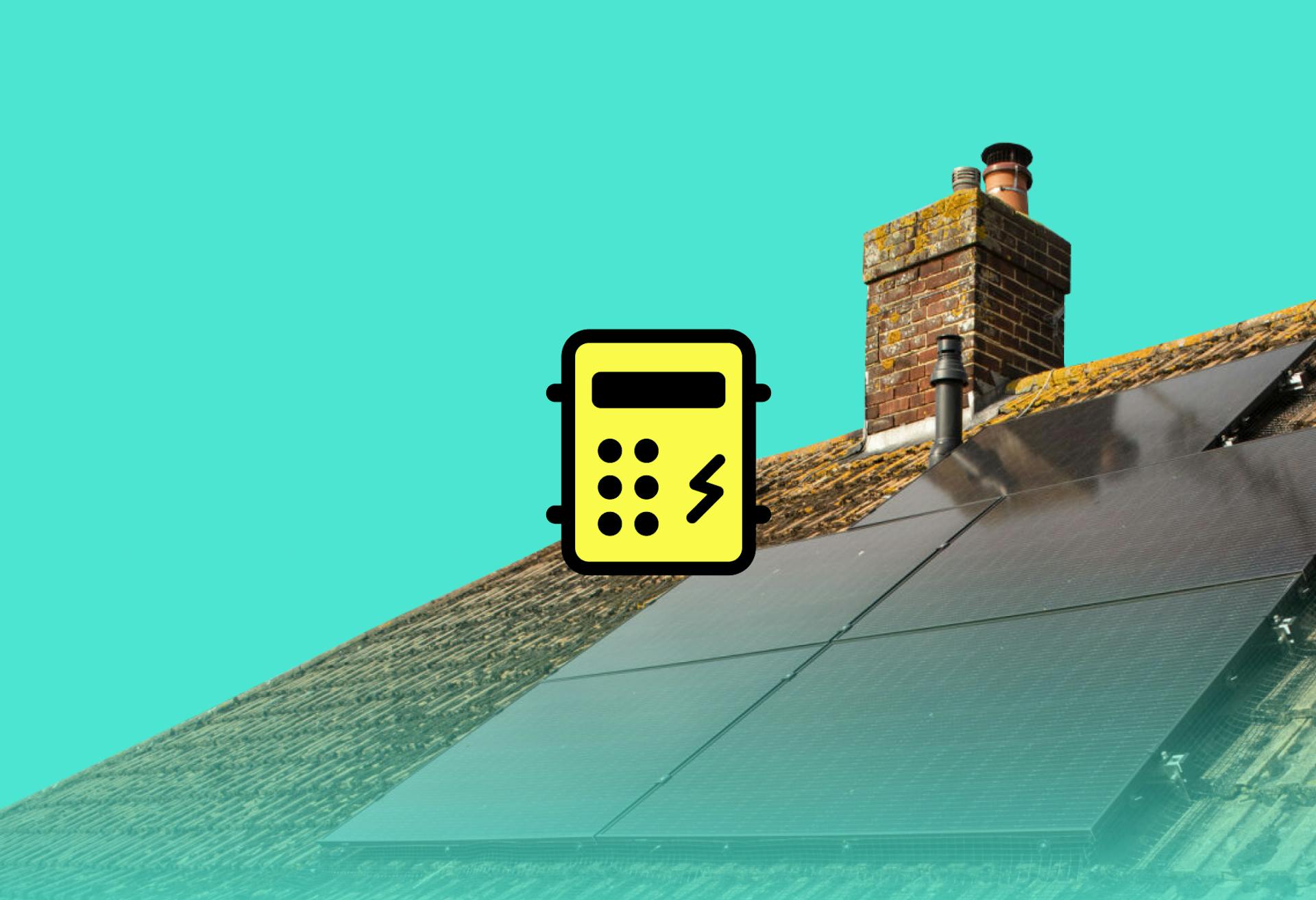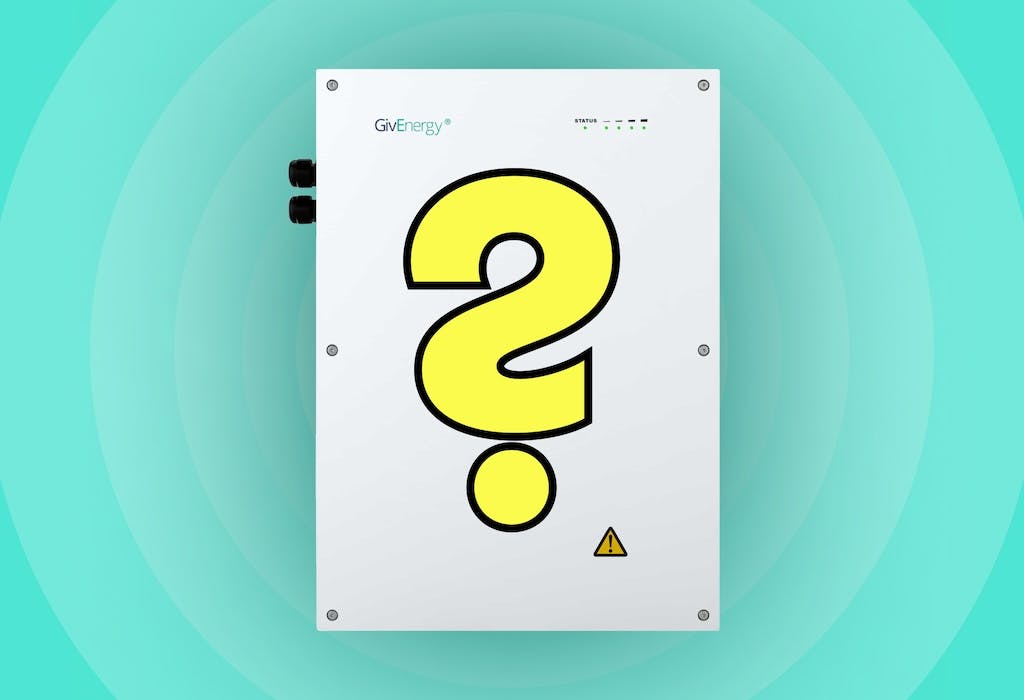- Solar advice hub
- Batteries
- EPS for solar: is it worth it?
EPS for solar: is it worth it?
Here's how EPS for solar works, the different levels of electricity provision it offers, and whether EPS is worth it for your home.


Why you can trust our content
We know that the solar industry is full of misinformation, but we only use reliable sources, including:
- Our experienced solar experts, installers and system designers
- Our own database of solar & battery system designs
- Authoritative bodies like MCS and the UK government




EPS for solar: at a glance
A solar panel system will make you less dependent on the grid, so it’s natural to wonder if you could run your home on solar electricity during a power cut.
It’s possible, as long as you get one of the increasing number of solar batteries that are EPS-enabled – but you’ll need an engineer to substantially change your home’s electrical network to activate this ability, typically for a steep price.
In this guide, we’ll explain how EPS for solar works, the different levels of electricity provision it offers, and whether EPS is worth it for your home.
EPS isn’t usually necessary in the UK – as we’ll run through below.
If you’re interested in how much you could save with a solar & battery system, enter a few details below and we’ll generate an estimate.
What is emergency power supply (EPS) for solar?
Emergency power supply (EPS) for solar is a battery function that works to keep your home’s lights on during a power cut.
Most solar panel systems will automatically disconnect from the grid when it goes down, to ensure the panels don’t send electricity through power lines and electrocute the engineers who are working on them.
If you get EPS for solar, however, your battery will be able to provide your household with electricity during power cuts.
You’ll have to buy one of the few batteries that are suitable for EPS, then ask your installer – or a different electrician, after the installation – to activate this feature before they begin the project.
While it’s commonly paired with solar panel systems, you can also get a standalone battery with EPS functionality.
This usually doesn’t make much sense though, either financially – since you won’t be able to use any export tariffs to offset the cost of the battery – or practically, as you can’t charge your battery during a power cut without solar panels.
How does it work?
When the grid goes down, your electrical setup will switch over – either automatically or manually – to using electricity provided by your storage battery.
EPS works in different ways depending on which level you choose, as we’ll explain below, but it always requires its own consumer unit (also known as a fuse box). Your household will already have a consumer unit, but activating EPS means installing a second one.
This consumer unit is connected to a dedicated EPS socket, specific circuits within your home, or all of your circuits. When a power cut happens, it sends the electricity in your battery to these outlets.
Your installer will also add a relay that can disconnect your household from the grid if a power cut hits. It’ll either be manual or automatic, depending on which EPS level you pick.
Then you’ll just have to tell your installer – or your solar panel app – the minimum percentage of your battery that you want to always be charged, just in case the grid fails.
If you use electricity to power medical equipment, you may want to keep this level relatively high.
You can usually only use electricity stored in your battery while the EPS function is active, but some inverters can allow your system to produce and use solar electricity even while EPS is on.

The five levels of EPS for solar
You’ll be able to run more devices with every level you go up, and it’s up to you which level you choose – though if you pick one of the higher levels, make sure you have a battery with a large enough capacity to power everything you want it to.
The first level just involves your installer fitting a new socket for exclusively EPS use. When a power cut occurs, you’ll automatically be able to use this socket for low-power needs like charging your phone or keeping a lamp on.
For level two, your installer will connect some circuits to a new consumer unit, so that after a short delay, electricity from your battery will automatically supply them. People generally use this level for important items like fridges and lights.
If you choose level three, you’ll be able to switch the whole home over to your battery supply. You’ll have to do it manually, which can be a pain, but it does act as a reminder not to use energy-intensive appliances, so you don’t run out of electricity.
At level four, your household will automatically switch over to battery power. There may be a short gap – so you’ll probably notice the power cut happen – but then you’ll be able to carry on as normal, for as long as your battery lasts.
Level five is the off-grid option. Your battery will be set up to provide electricity to your solar inverter, so it can run without relying on the grid. This way, you can power your home while your solar panel & battery system generates and provides more electricity.
How is EPS installed?
Even if your battery comes with the EPS function, an installer will need to activate this feature.
To do so, they have to add an automatic or manual relay and consumer unit to your setup.
Depending on the EPS level you choose, they may also have to set up an extra socket or – in a more time-consuming move – a new earthing network.
The whole process makes your installation longer, more expensive, and more complex.
This can lead to more risks, as shown by the fact that E.ON – for example – offers batteries with EPS capability, but doesn’t allow its own engineers to activate this function.
Is EPS for solar necessary in the UK?
EPS for solar is rarely necessary in the UK, because the typical home is barely affected by power cuts, if at all.
The average household experiences 0.4 outages per year, and loses electricity for around 35 minutes in total, according to the latest Ofgem report.
These numbers are falling, too. The typical home goes through 40% fewer power cuts now than it did in 2011, while the amount of time that households spend without electricity has dropped by 41%.
And even when they do happen, you may not notice them, as power cuts are generally scheduled to occur at off-peak times.
It’s an expensive undertaking that essentially saves you from being in the dark for a few hours every decade, if that.
To power your home during these rare occasions, it can set you back thousands of pounds.
Due to its high cost and low impact on most homes, EPS for solar usually isn’t required unless you endure frequent power cuts or have crucial medical equipment that must stay on constantly.
Many solar companies will try to upsell you with scary images of your home being plunged into darkness. You now have the data to make an informed decision, and avoid the added expense.
Does every battery have EPS functionality?
The majority of batteries available to domestic properties don’t come with EPS functionality.
As the cost of including EPS in the manufacturing process continues to fall, some brands like GivEnergy, Tesla, and Fox ESS have started to offer this capability – but it’s not usually intended to appeal to the UK market.
EPS is a more popular feature in places where power cuts happen more frequently – for instance, rural areas of the US.
It makes sense that homes which suffer from regular, debilitating power cuts are the ones willing to pay thousands of pounds for EPS.
Which batteries have EPS functionality?
Several batteries can provide you with EPS functionality, as long as they also come with a compatible inverter. Here’s a list of the best EPS-capable machines you can get at the moment.
- Tesla Powerwall (any model)
- Most GivEnergy batteries, e.g. Hybrid Inverter 2
- Most Fox ESS batteries, e.g. the AIO
- SolaX X1 Hybrid
Is EPS for solar worth it?
EPS for solar isn’t worth it in the vast majority of cases in the UK.
Unless power cuts are a frequent, damaging event in your life, or you have vital medical equipment like a dialysis machine, it’s not a good idea.
The average household will have to deal with two power cuts every five years. If you want to spend thousands of pounds to avoid these moments, you should consider getting EPS for solar.
If not, you can rest easy knowing that you’ve saved a significant amount of money by avoiding it.
If you’d like to know how much you could save with a solar & battery system, enter a few details below and we’ll generate an estimate.
EPS for solar: FAQs
Related articles

Solar panel inverters: the expert guide
Read full story
Are solar batteries worth it?
Read full story
What size solar battery do I need?
Read full story
Are solar batteries worth it?
Read full story
Written byJosh Jackman
Josh has written about the rapid rise of home solar for the past six years. His data-driven work has been featured in United Nations and World Health Organisation documents, as well as publications including The Eco Experts, Financial Times, The Independent, The Telegraph, The Times, and The Sun. Josh has also been interviewed as a renewables expert on BBC One’s Rip-Off Britain, ITV1’s Tonight show, and BBC Radio 4 and 5.